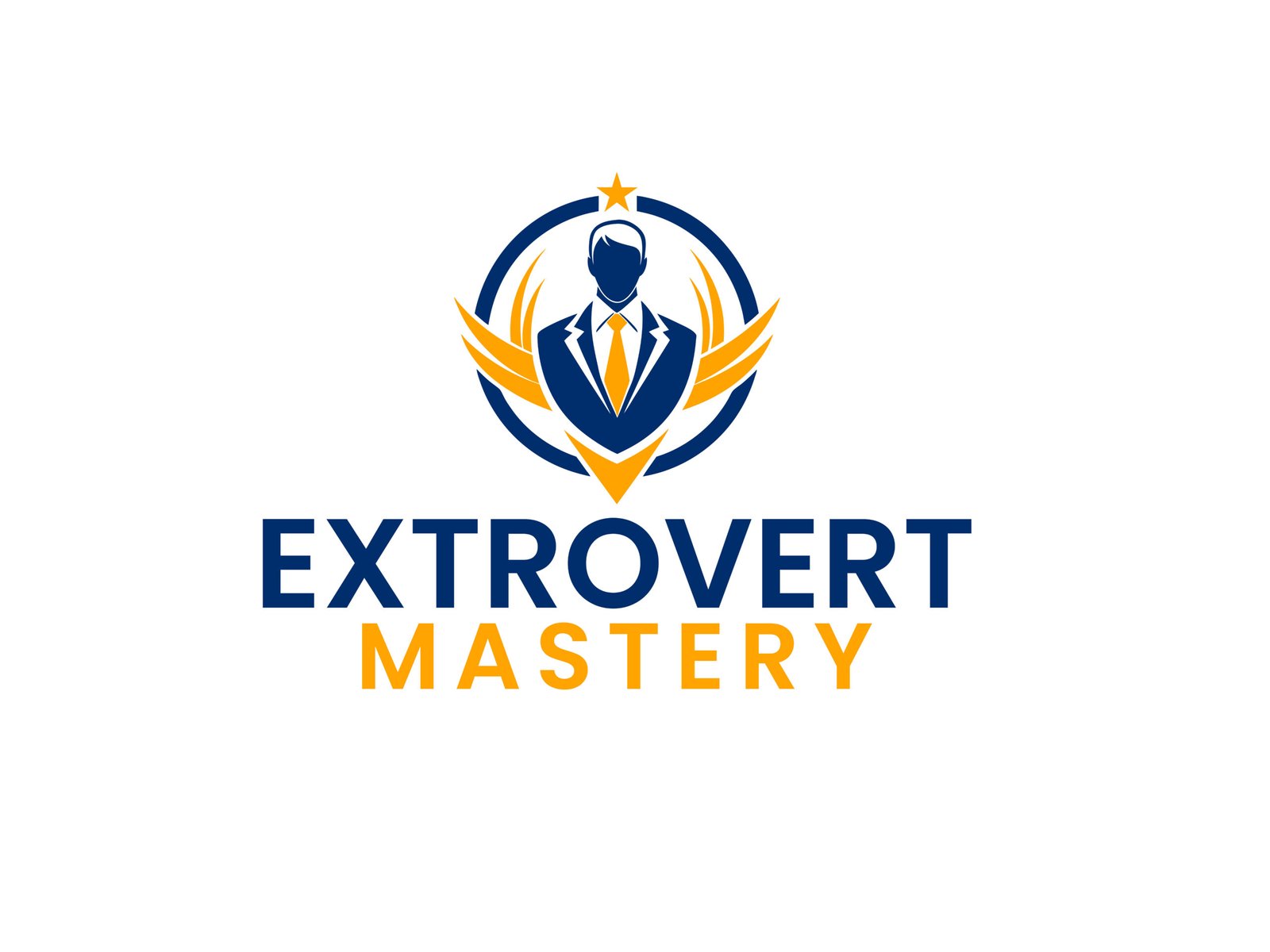You’ve prepared your talk, your slides are ready, and now you’re standing in front of people—hoping they’re not zoning out.
It’s a weird feeling, right? You want to keep them interested, but you don’t want to turn into someone you’re not. The good news is: you don’t have to be a performer to keep people engaged. You just have to make it feel real.

Here are some simple, human ways to connect with your audience:
1. Start with Something Relatable
Don’t dive straight into facts. Begin with a story, a question, or a moment your audience can relate to.
It could be as simple as:
- “Have you ever felt like…?”
- A quick story about something that didn’t go as planned
- A personal experience that ties into your topic
People lean in when they feel like you’re talking with them—not at them.
2. Make Eye Contact (Even Just Briefly)
You don’t have to stare anyone down. Just make small, genuine connections with different parts of the room.
It tells your audience, “I see you. I’m here with you.”
3. Use Your Voice Like a Tool
If your tone stays the same the entire time, people’s attention drifts. But when you vary your pace, tone, or pause in the right spots—it brings your words to life.
Try slowing down when saying something important. Or pausing for a second after a question. Those small shifts can keep people focused without you having to try too hard.
4. Ask Questions
They don’t always need to answer out loud. Even rhetorical questions wake people up and get them thinking.
Examples:
- “What would you have done in that situation?”
- “Why do you think that happens?”
- “Have you ever experienced this yourself?”
It brings your audience into the conversation—even if they’re just answering in their heads.
5. Be Yourself
People can tell when someone’s trying too hard. But they also notice when someone’s being honest, open, and present.
You don’t need to be flashy. Just speak like a person who cares. That’s more powerful than any “trick.”
What You Can Try Today:
- Before your next presentation, practice starting with a story instead of data.
- During your talk, try pausing before your most important points.
- Afterward, ask someone what part grabbed their attention—and why.








